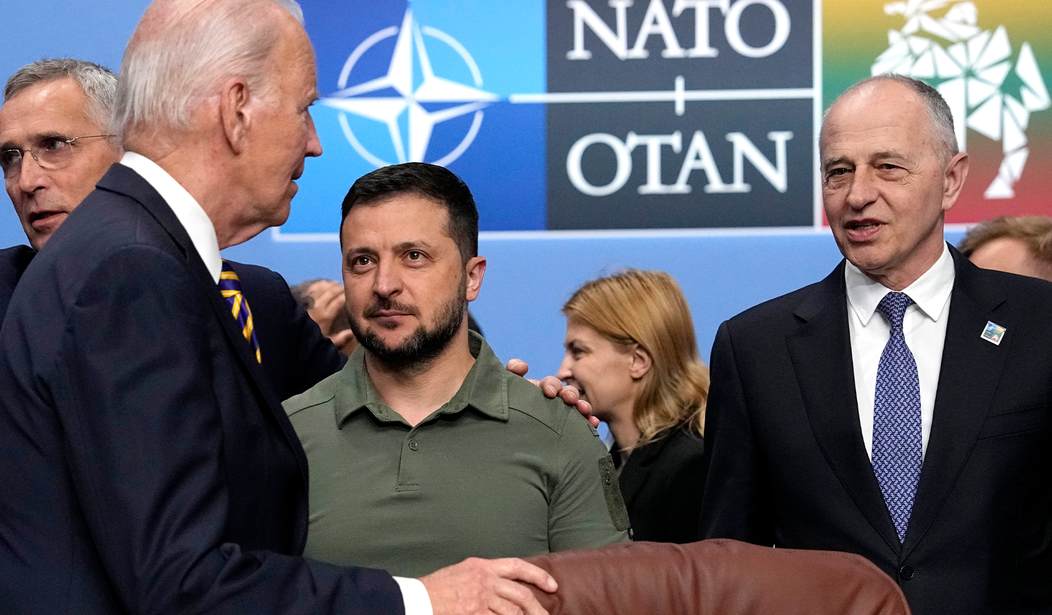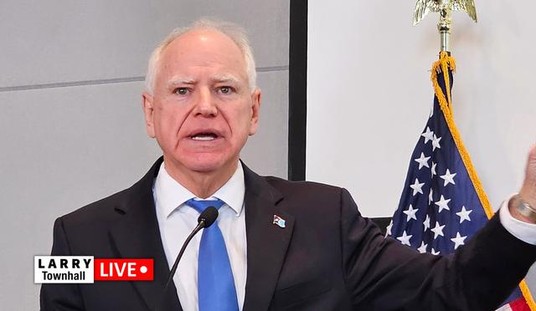In a very surprising and concerning development, the United States, along with NATO, mutually suspended their participation in a treaty signed in 1990 with Russia that would limit conventional military forces in Europe on Tuesday. This follows Russia's formal withdrawal from the treaty as well, earlier Tuesday morning. This marks another landmark withdrawal from an arms treaty between the North Atlantic Treaty Organization and Russia.
“Russia’s withdrawal is the latest in a series of actions that systematically undermines Euro-Atlantic Security,” said NATO’s governing body, the North Atlantic Council, in a statement Tuesday.
The Conventional Forces in Europe treaty was first signed between NATO, the United States, and the Warsaw Pact, along with the then-Soviet Union. Its design was to restrict one side or the other from staging and or massing their forces in the center of Europe to establish a numerical superiority against Soviet forces. It also set limits on both sides' conventional forces, limiting how many tanks and other armored vehicles and aircraft could be deployed between the Atlantic Ocean and the Ural mountains, which run from the Arctic Ocean and essentially divides western Russia from the larger Eurasian landmass.
The move by NATO and the US would allow them more leeway and flexibility when moving their forces within NATO's borders with Russia or Russian allied countries, as well as being able to withhold deployment information and other details from non-NATO countries that may be aligned with Russia. The suspension from the treaty will take effect on December 7th, 2023. According to the State Department, they are calling on fellow NATO members to respond to Russia's decision to completely withdraw from the treaty, though they did not detail how exactly they would like them to respond.
Russia has long been on the path of either noncompliance or outright violation of the treaty, starting all the way back in the mid to late 90s with their wars against Chechnya, and as recently as 2007 when they publicly suspended accordance with the treaty prior to their invasion of Georgia and the capture of the Crimea in 2008 and 2014 respectfully. Russia gave a six-month warning back in May of 2023 that they would formally withdraw from the treaty, so their exit doesn't come exactly as a surprise.
The decision to suspend participation in the agreement will also give the U.S. military more flexibility to position armored forces on NATO’s southern flank. To rotate or deploy American forces there now, the U.S. and its allies often have to go through a series of complicated procedures to stay within the CFE limits, including in how many troops are allowed to be stationed on the alliance’s northern flank.As a consequence, the U.S. European Command has long favored leaving CFE, especially since the Russians have ignored the flanks limits since the 1990s before suspending its participation in the treaty in 2007, and will be officially out of the entire treaty as of Tuesday.
The State Department issued reassurances that the United States, along with NATO, would still strive not to initiate another arms race in Europe. However, with the fall of yet another treaty, this does open the door to further militarization of Eastern Europe and Europe as a whole. In addition to the possible build-up of conventional forces, it also opens the doors to the possibility of the introduction of nuclear weapons or other weapons of mass destruction to the current war raging between Russia and Ukraine. However, it must be said that American nuclear forces currently are not, and there have been no reports that anticipate, in the immediate or distant future, an elevated alert posture.
“Together with our allies, we are discussing ideas to work with responsible partners to continue efforts toward reducing risk, preventing misperceptions, avoiding conflicts and building trust,” the official said.
With all things considered, however, this recent move by all signatory parties of the CFE signals a mutual move away from trying to limit or otherwise reduce aggressive posturing and or deployment of military forces in Europe, whether they be conventional or nuclear. Thus elevating the threat, implied or not, of an escalation of tensions between NATO and Russia with the ongoing war in Ukraine.















Join the conversation as a VIP Member